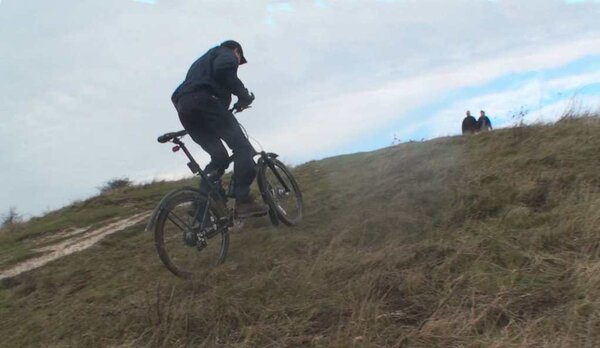I'd markedly quicker up hills on my regular ride on my 29er hardtail than I've been on anything I've ever ridden up previously, and in a year when I've had serious fitness issues due to injury.
I thought biggers wheels were a marketing scam....until I tried them!
I thought biggers wheels were a marketing scam....until I tried them!
